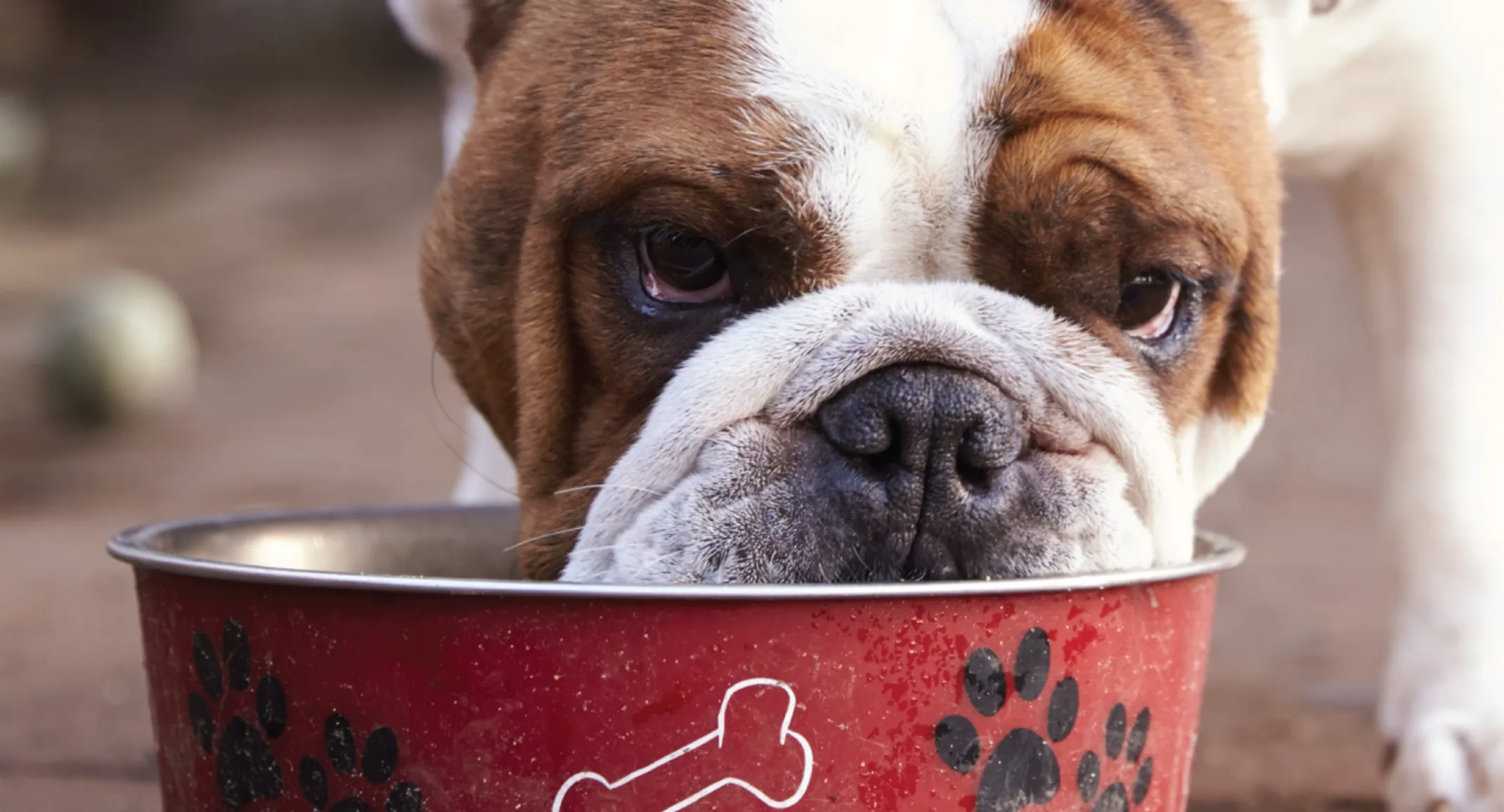What is xylitol?
Xylitol is all natural – but that doesn’t make it safe for all of the animal kingdom. This sugar alcohol is found naturally in berries, plums, corn, oats, mushrooms, lettuce and trees.
While discovered more than a century ago, this sugar substitute has gained popularity due to its low glycemic index (its effect on the blood sugar). It is now commercially produced from corn fiber, birch trees and other materials. Xylitol has become popular as well for its tooth decay prevention properties.
In fact, you’ve likely consumed xylitol whether you know it or not, as it’s an ingredient in many sugar-free gums, candies, mints and even cough syrup. Vitamins, mouthwash and toothpaste may also contain xylitol.
Why is it so popular?
Xylitol is almost as sweet as sucrose (table sugar), but contains about a third fewer calories. Because of its low glycemic index, xylitol may be appropriate for diabetics or people following a low carb diet. Additionally, dentists might recommend xylitol products to patients to help them protect their teeth by reducing the formation of plaque.
Is it safe?
Xylitol is completely safe for humans (and as we mentioned before, might even help them achieve healthier teeth!). That said, xylitol is extremely toxic to dogs. Even small amounts of xylitol can cause dogs to experience hypoglycemia, also known as low blood sugar, as well as seizures, liver failure and even death.
Because of this toxicity, animal poison control centers around the nation have received calls for xylitol poison. In dogs, xylitol stimulates the release of insulin by the pancreas, which causes a rapid release within 10 to 60 minutes of eating xylitol or a product containing xylitol. It’s estimated that a toxic amount of xylitol may be as little as 50 milligrams of xylitol per pound of body weight. That said, the more xylitol a dog ingests, the greater the risk of liver failure and even death. To put this in perspective, think about this: xylitol is estimated to be 100 times as toxic as chocolate to dogs.
Sources of xylitol
So why would Fido be consuming xylitol anyway? Well, typically it’s because his owners are offering a treat or snack without knowing its ingredients (or knowing xylitol is toxic).
Of course, it’s also possible for mischievous canines to break into human foods whenever they’re in reach (and sometimes even when they’re not). The most typical xylitol-containing foods ingested by dogs are sugar free gum and even common doggie favorites like peanut butter.
Keeping your dog safe
When you have a dog at home, it’s important to know exactly what else is lying around your home. If you’re not in the habit of inspecting food labels, start now – particularly if you tend to have sugar-free gum, mints or other foods in your home.
Check your peanut butter jars to ensure they don’t contain xylitol. If they do, keep them well out of reach (of even the most resourceful dogs) and be careful what you use when making your own doggie treats.
What if my dog ingests xylitol?
If your dog accidentally ingests xylitol (or if you suspect it), call your veterinarian immediately or call the Pet Poison Helpline at 800-213-6680. Dogs that have ingested xylitol may show symptoms like vomiting, weakness, lethargy, seizures, tremors or even coma.
Let’s keep those furry friends safe and sound! Any questions? Give us a call or better yet, come see us!

